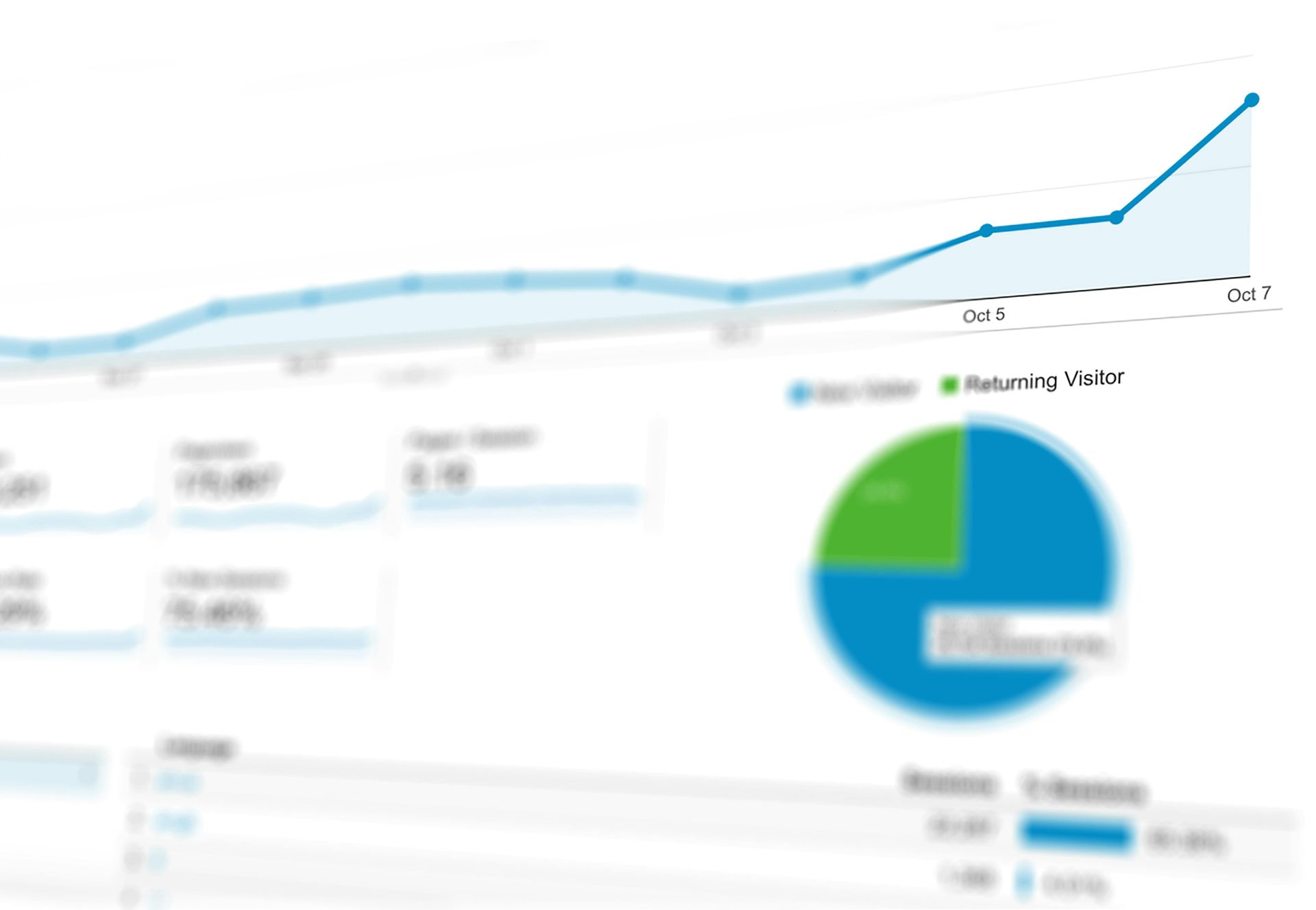Search v. Social: The Main Differences When Planning Your Digital Strategy
When it comes to buying media to grow your business, there are significant differences between the search network (e.g., Google Ads) and the social network (e.g., Facebook). Understanding these differences is crucial in order to make informed decisions about which platform to utilize based on your business goals and target audience.
Search Network (e.g., Google Ads):
The search network is primarily focused on capturing user intent. It allows businesses to display ads to users who actively search for specific keywords or phrases related to their products or services. Here are some key characteristics of the search network:
a) Intent-based Targeting: Ads are shown to users who express intent by entering relevant search queries. This means your ads are displayed to people actively looking for what you offer, making it a highly targeted advertising method.
b) Keyword-based Ad Targeting: You select specific keywords that trigger the display of your ads. This ensures that your ads appear when users search for terms directly related to your business.
c) Ad Placement: Ads are typically displayed at the top or bottom of search engine result pages (SERPs). They can appear as text-based ads or more visual formats, such as shopping ads or responsive search ads.
d) Ad Performance Measurement: The search network provides detailed metrics, such as click-through rates (CTRs), conversion rates, and cost per click (CPC). This allows businesses to track the effectiveness of their campaigns and make data-driven optimizations.
Social Network (e.g., Facebook):
The social network focuses on targeting users based on their demographics, interests, and behaviors. It offers a platform for businesses to engage with users and build brand awareness. Here are some key characteristics of the social network:
a) Audience-based Targeting: Ads are displayed to users based on their profile information, interests, and online behavior. This allows businesses to target specific demographics and reach users who may not be actively searching for their products or services.
b) Interest-based Ad Targeting: You can target users based on their interests, likes, and pages they follow. This enables businesses to create highly personalized and relevant ads that resonate with their target audience.
c) Ad Placement: Ads appear within the social media platform's feed or sidebar. They can be in various formats, including image ads, video ads, carousel ads, or sponsored content.
d) Engagement and Brand Building: The social network provides opportunities for businesses to engage with users through likes, comments, shares, and direct messaging. This helps build brand awareness, foster customer relationships, and create a loyal customer base.
e) Ad Performance Measurement: Metrics such as engagement rates, reach, and conversions can be tracked on the social network. Additionally, social media platforms offer advanced analytics to gain insights into audience behavior and campaign performance.
Choosing the Right Platform:
To determine which platform is suitable for your business, consider your target audience, advertising objectives, and budget. If your goal is to capture users actively searching for your products or services, the search network might be more effective. On the other hand, if you want to build brand awareness, engage with a specific demographic, or create a community around your brand, the social network may be a better fit.
Ultimately, combining both the search network and social network in your media buying strategy can provide a comprehensive approach to reach and engage with your target audience effectively.











